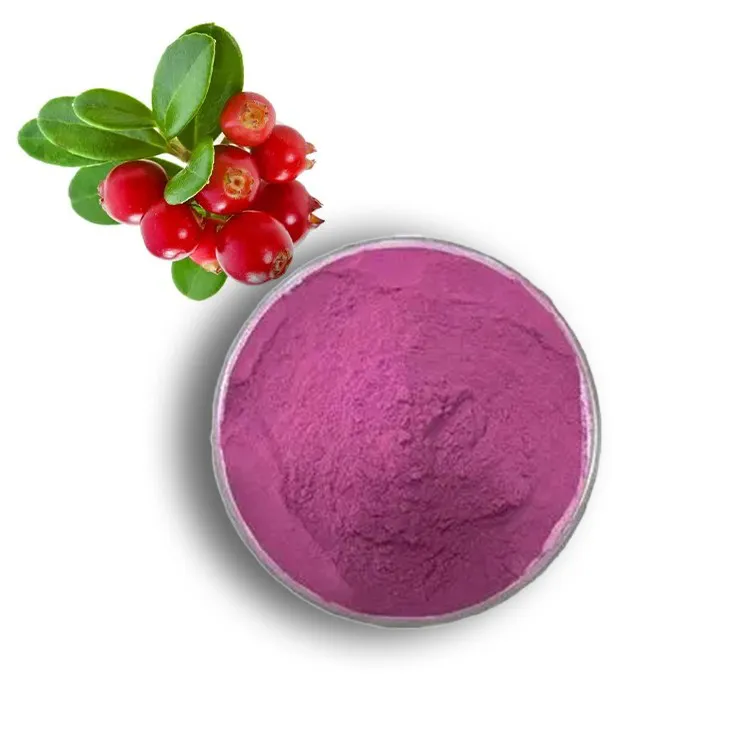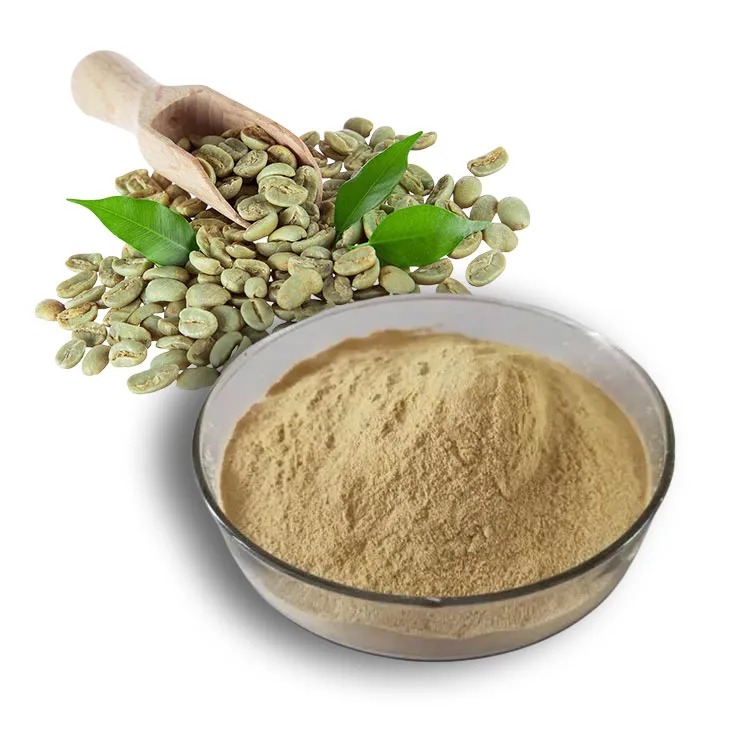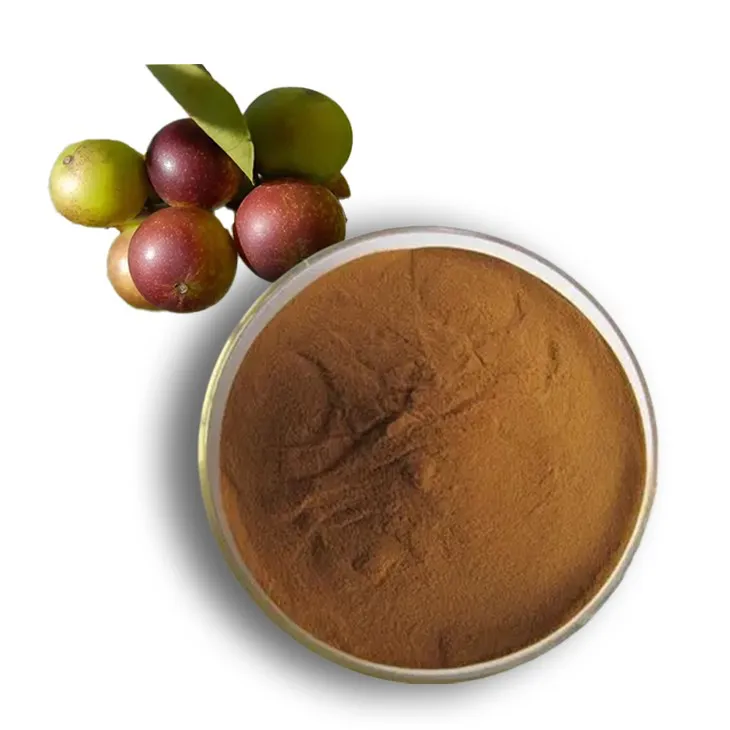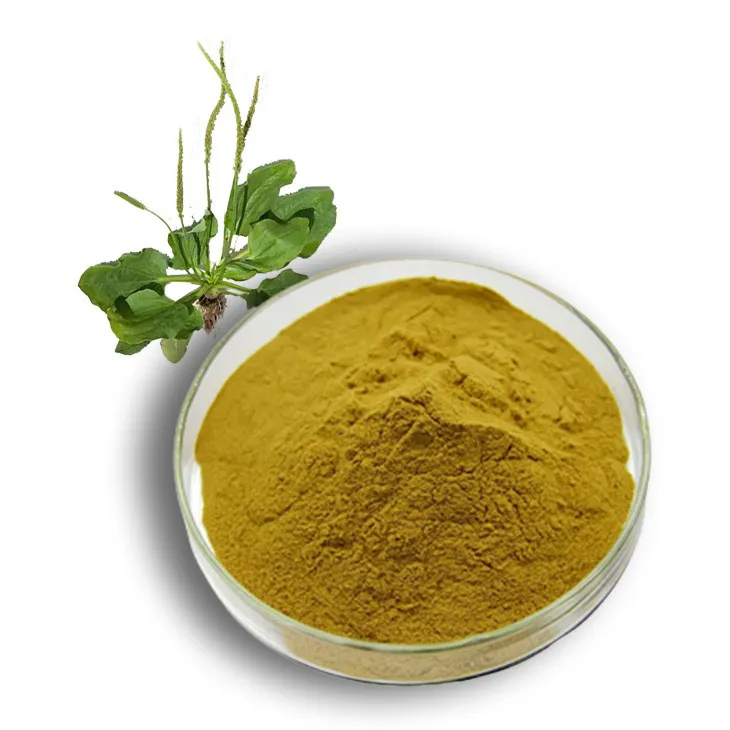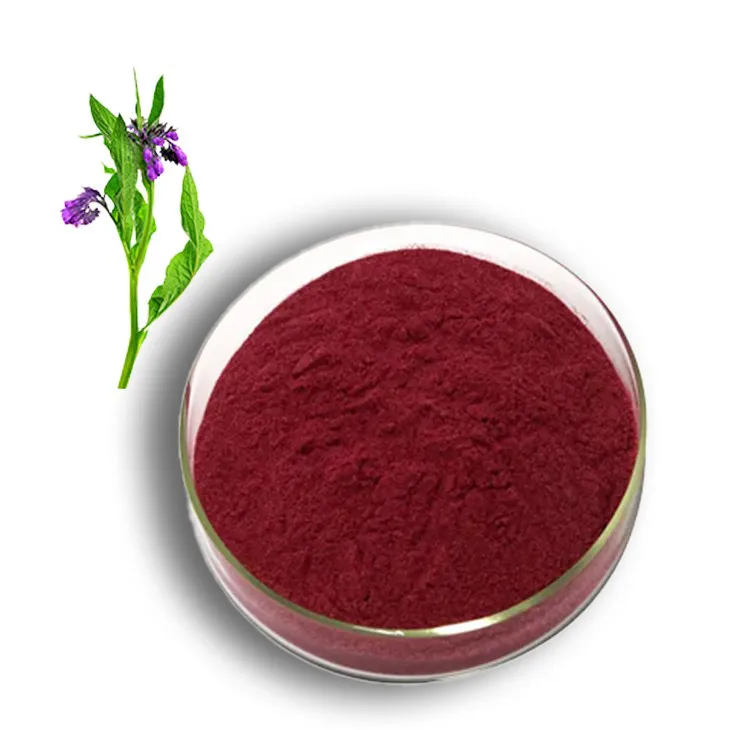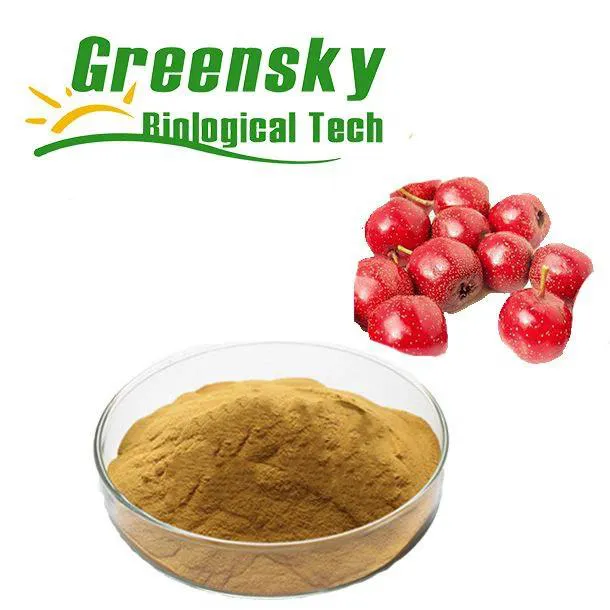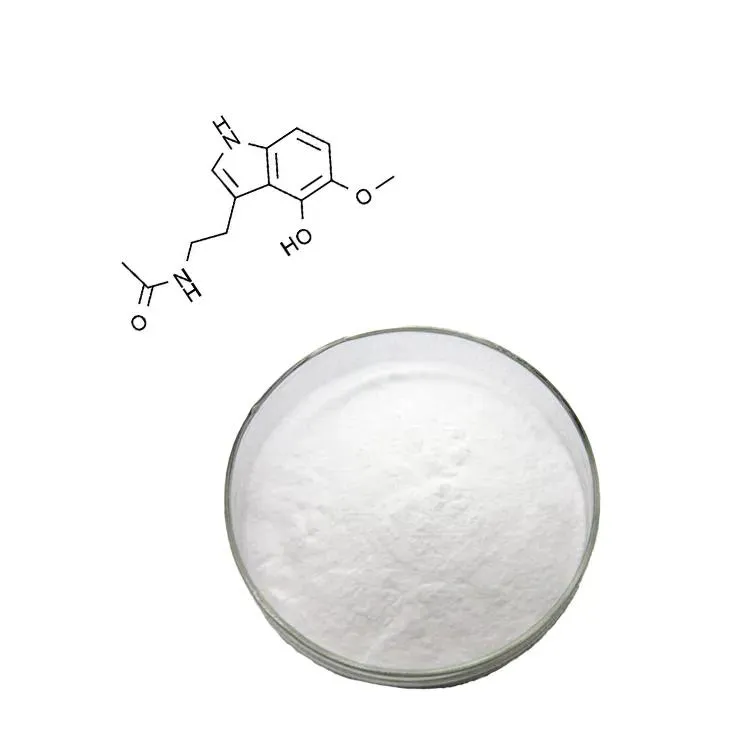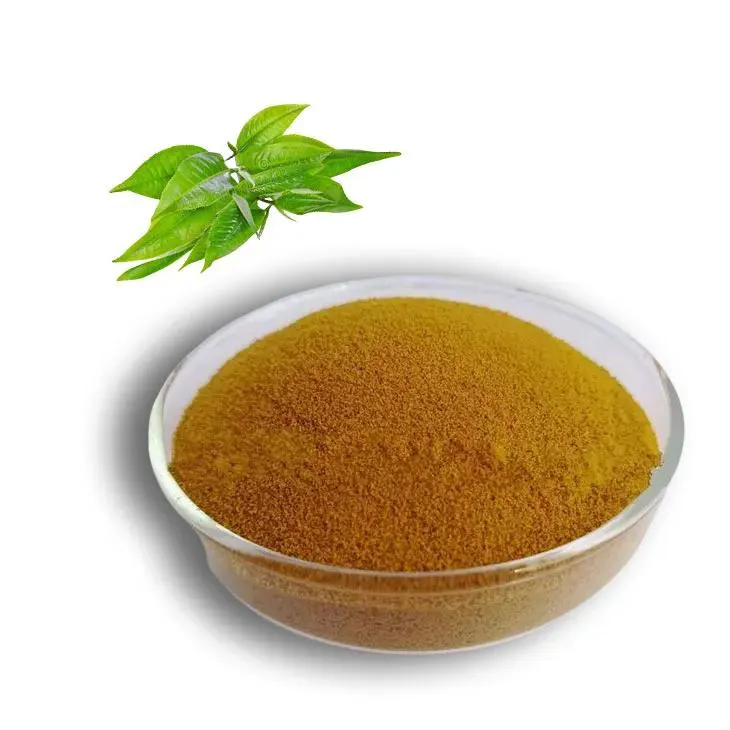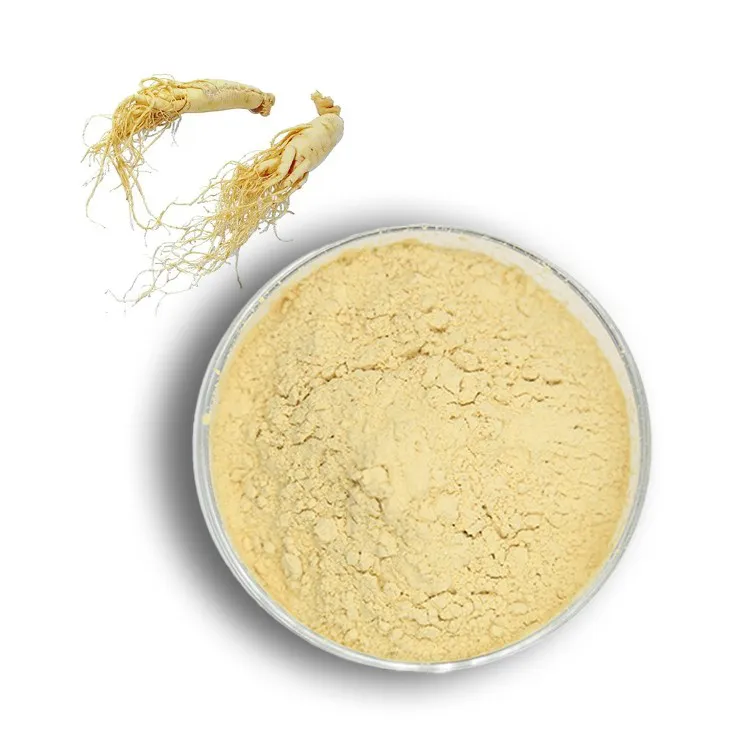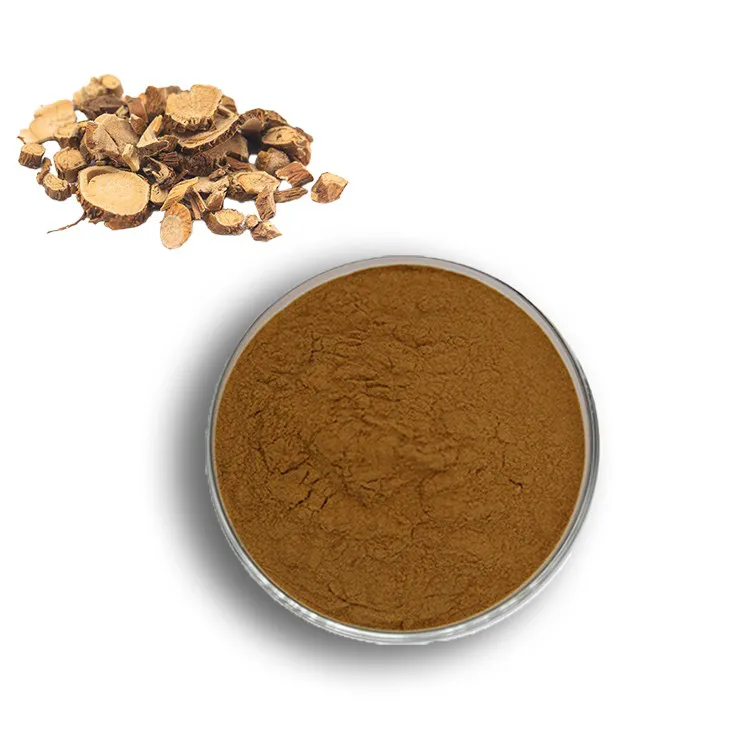- 0086-571-85302990
- sales@greenskybio.com
Savoring the Sweetness: A Comprehensive Guide to Tamarind Extract Powder
2024-07-03
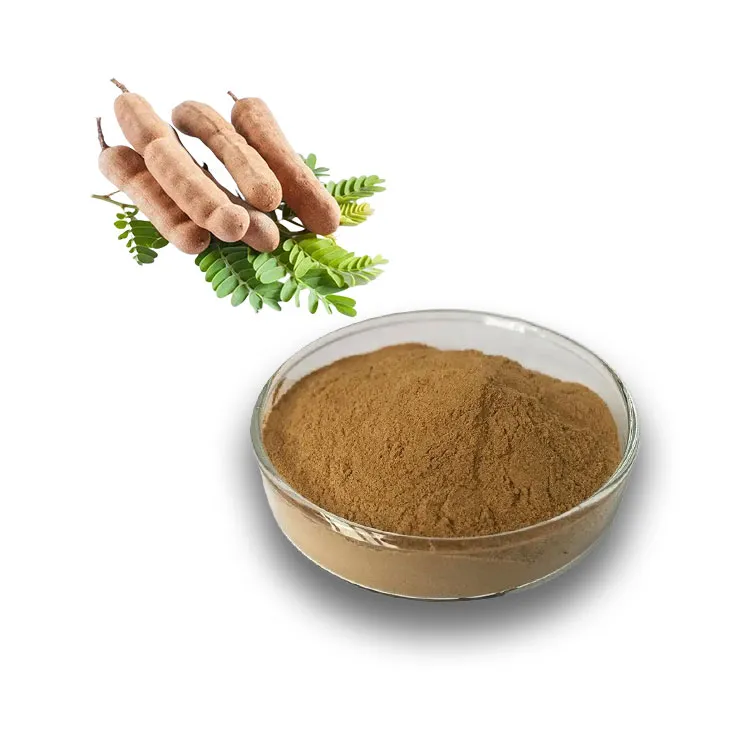
1. Introduction
Tamarind extract powder is a remarkable ingredient that has been making its mark in various aspects of our lives, from the kitchen to the realm of health. With its distinctively tangy and sweet flavor profile, it has become a favorite among many. This article aims to provide a detailed and all - encompassing look at Tamarind extract powder, covering everything from its origin to its diverse applications, health benefits, proper usage, and storage, as well as the different grades and qualities available in the market.
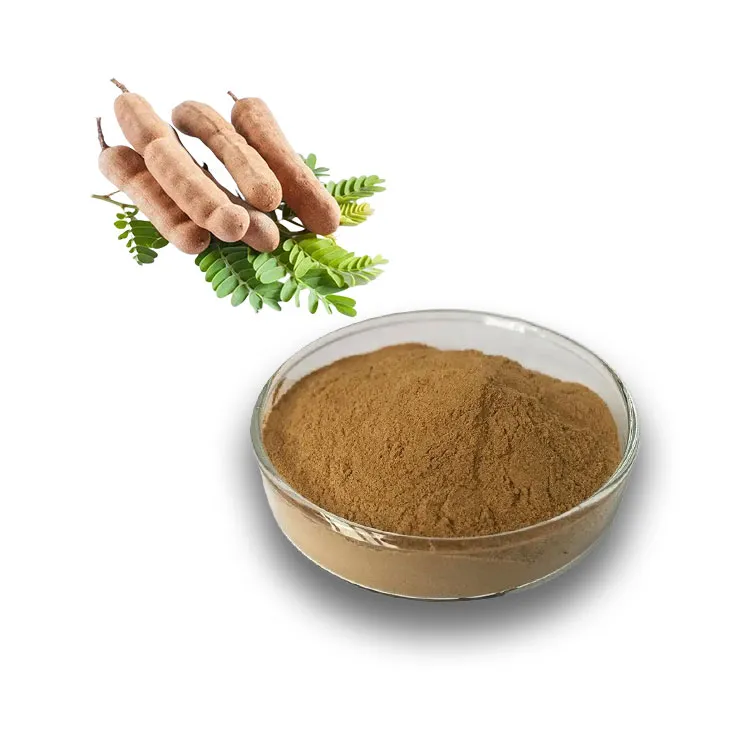
2. Origin of Tamarind
Tamarind (Tamarindus indica) is a large, long - lived tree native to tropical Africa, specifically the Sudan region. It has been cultivated for centuries and has spread across the tropical regions of the world. The tree can grow up to 25 meters tall and has a broad crown. The tamarind fruit is a pod - like structure, which contains a pulp that is used to make Tamarind extract powder. The pulp is rich in various substances that give the final product its characteristic taste and properties.
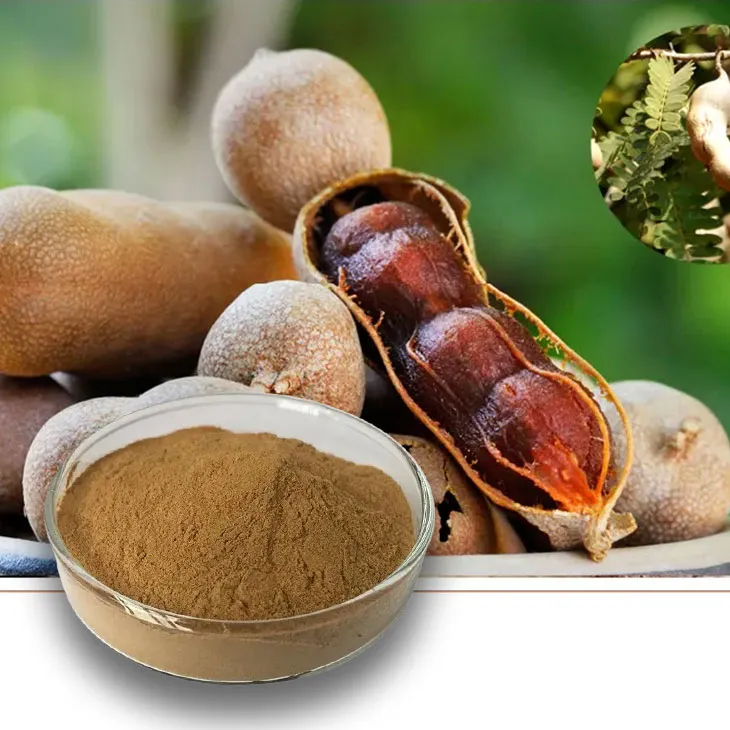
3. The Production Process of Tamarind Extract Powder
3.1 Harvesting
Tamarind fruits are harvested when they are fully ripe. This is crucial as it affects the quality of the resulting extract powder. Ripe fruits are easier to process and yield a more flavorful pulp.
3.2 Extracting the Pulp
Once harvested, the outer shell of the tamarind pod is removed, and the pulp is separated from the seeds. This can be done through mechanical means or by hand in small - scale production. The pulp is then further processed to remove any impurities.
3.3 Drying and Grinding
After extraction, the pulp is dried. This can be achieved through sun - drying or using drying machines. Once dried, the pulp is ground into a fine powder, which is the tamarind extract powder. The powder can be further refined to achieve different levels of purity and fineness depending on the intended use.
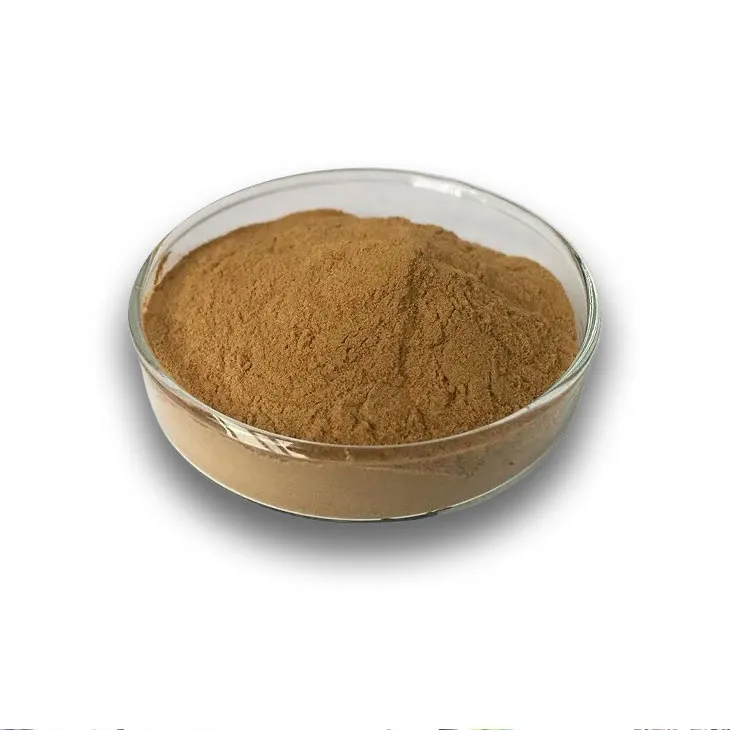
4. Culinary Applications
Tamarind extract powder is a versatile ingredient in the kitchen, finding its way into a wide variety of dishes both savory and sweet.
4.1 Savory Dishes
- In Asian Cuisine: In Thai cuisine, tamarind extract powder is a key ingredient in many curries. It adds a tangy and slightly sweet flavor that balances the spiciness of the curry paste. For example, in green curry, it helps to create a complex flavor profile that is both hot and sour. In Indian cuisine, it is used in chutneys and some meat - based dishes. Tamarind - based chutneys are often served with samosas or other fried snacks, providing a refreshing contrast to the richness of the fried food.
- In Latin American Cuisine: In Mexican cuisine, tamarind extract powder can be used in salsas. It gives a unique twist to the traditional tomato - based salsas, adding a more complex flavor. It is also used in some slow - cooked meat dishes, such as barbacoa, where it helps to tenderize the meat and add a rich flavor.
4.2 Sweet Treats
- In Desserts: Tamarind extract powder can be used in making candies. In some Asian countries, tamarind candies are very popular. The powder is combined with sugar and other ingredients to create a chewy and tangy sweet. It can also be used in ice creams, where it adds a unique flavor that stands out from the more common flavors like vanilla or chocolate.
- In Beverages: Tamarind extract powder is used to make refreshing drinks. In tropical regions, tamarind - flavored drinks are a common thirst - quencher. It can be combined with water, sugar, and sometimes spices like ginger to create a delicious and cooling beverage.
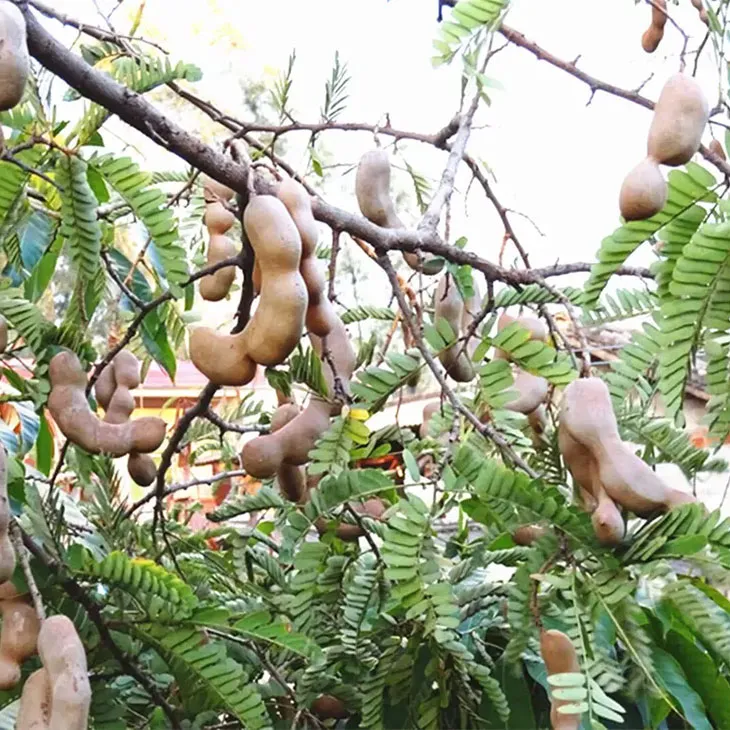
5. Health Benefits
Tamarind extract powder offers several potential health benefits.
5.1 Digestive Health
Tamarind contains dietary fiber, which is beneficial for digestion. The fiber helps to regulate bowel movements, preventing constipation. Additionally, it has been suggested that tamarind may have mild laxative properties, which can be helpful for those with occasional digestive problems.
5.2 Antioxidant Properties
Tamarind extract powder is rich in antioxidants. These antioxidants help to protect the body's cells from damage caused by free radicals. Free radicals are unstable molecules that can cause oxidative stress, which is linked to various diseases such as cancer, heart disease, and aging - related conditions. By consuming tamarind extract powder, one can potentially boost their antioxidant intake and reduce the risk of these diseases.
5.3 Anti - Inflammatory Effects
Some studies have indicated that tamarind may have anti - inflammatory properties. Inflammation is a natural response of the body to injury or infection, but chronic inflammation can lead to various health problems. Tamarind extract powder may help to reduce inflammation in the body, potentially alleviating symptoms of conditions such as arthritis.
6. How to Use Tamarind Extract Powder
6.1 In Cooking
When using tamarind extract powder in cooking, it is important to rehydrate it properly. This can be done by mixing the powder with a small amount of warm water to form a paste. This paste can then be added to the dish according to the recipe requirements. In savory dishes, it is often added early in the cooking process to allow the flavors to blend well. In sweet treats, it can be added along with other ingredients during the mixing stage.
6.2 In Beverages
For making tamarind - flavored beverages, the powder can be directly dissolved in water or other liquids. However, it is advisable to strain the mixture to remove any undissolved particles. The amount of powder used can be adjusted according to personal taste preferences. Sugar or other sweeteners can be added to balance the tangy flavor of the tamarind.
7. Storage of Tamarind Extract Powder
Tamarind extract powder should be stored properly to maintain its quality.
7.1 Packaging
It is best stored in airtight containers. This helps to prevent moisture absorption, which can cause the powder to clump or spoil. The containers can be made of glass or plastic, but plastic containers should be of food - grade quality.
7.2 Storage Conditions
Tamarind extract powder should be stored in a cool, dry place. Exposure to heat and sunlight can degrade the quality of the powder. A pantry or a cupboard away from the stove or any heat sources is an ideal storage location. The shelf - life of properly stored tamarind extract powder can be up to one year, but it is always advisable to check for any signs of spoilage such as an off - smell or mold growth before using.
8. Grades and Qualities of Tamarind Extract Powder
8.1 Purity
High - quality tamarind extract powder has a high level of purity. This means that it contains a minimal amount of impurities such as dirt, seeds, or other foreign matter. Purer powder is often more expensive but offers a more consistent flavor and performance in cooking and other applications.
8.2 Fineness
The fineness of the powder also varies. Finer powder is easier to dissolve and mix evenly in recipes. It can also provide a more uniform texture in products such as candies or ice creams. Coarser powder may be more suitable for certain traditional or rustic - style dishes where a slightly more textured result is desired.
8.3 Color
The color of tamarind extract powder can range from light brown to dark brown. A darker color may indicate a more concentrated or pure product, but this is not always the case. The color can also be affected by factors such as the drying method and the variety of tamarind used.
9. Conclusion
Tamarind extract powder is a truly remarkable ingredient with a wide range of applications in cooking and potential health benefits. Whether you are a culinary enthusiast looking to experiment with new flavors or someone interested in natural remedies for health, tamarind extract powder is worth exploring. By understanding its origin, production process, applications, health benefits, usage, storage, and the different grades and qualities available, you can make the most of this unique ingredient in your daily life.
FAQ:
What is the origin of tamarind extract powder?
Tamarind extract powder is derived from the tamarind fruit. Tamarind trees are native to tropical regions of Africa, particularly Sudan and Madagascar. They have also been widely cultivated in Asia, including India and Thailand. The fruit is harvested, and through a process of extraction and drying, the powder is obtained.
What are the common applications of tamarind extract powder in savory dishes?
Tamarind extract powder is a popular ingredient in many savory dishes. In Asian cuisine, it is used in curries, adding a tangy and slightly sweet flavor. It can also be used in marinades for meats, as it helps to tenderize the meat and imparts a unique flavor. In some Latin American and Caribbean dishes, it is used to add depth of flavor to stews and sauces.
How is tamarind extract powder used in sweet treats?
In sweet treats, tamarind extract powder can be used to make candies, such as tamarind balls. It can also be added to fruit salads to enhance the overall flavor. In some desserts, it is combined with sugar and other ingredients to create a unique sweet - and - sour taste. For example, it can be used in the filling of pastries or added to ice cream for an exotic flavor.
What are the potential health benefits of tamarind extract powder?
Tamarind extract powder may offer several health benefits. It is rich in antioxidants, which can help to protect the body against free radical damage. It may also have anti - inflammatory properties. Additionally, it contains fiber, which can aid in digestion and help maintain a healthy digestive system. Some studies suggest that it may also have a positive impact on blood sugar levels, although more research is needed in this area.
How should tamarind extract powder be stored?
Tamarind extract powder should be stored in a cool, dry place. It is best to keep it in an airtight container to prevent moisture from getting in. Exposure to moisture can cause the powder to clump or spoil. Stored properly, it can have a relatively long shelf life.
Related literature
- The Health Benefits of Tamarind Extract"
- "Tamarind in Culinary Applications: A Global Perspective"
- "Understanding the Grades of Tamarind Extract Powder"
- ▶ Hesperidin
- ▶ Citrus Bioflavonoids
- ▶ Plant Extract
- ▶ lycopene
- ▶ Diosmin
- ▶ Grape seed extract
- ▶ Sea buckthorn Juice Powder
- ▶ Fruit Juice Powder
- ▶ Hops Extract
- ▶ Artichoke Extract
- ▶ Mushroom extract
- ▶ Astaxanthin
- ▶ Green Tea Extract
- ▶ Curcumin
- ▶ Horse Chestnut Extract
- ▶ Other Product
- ▶ Boswellia Serrata Extract
- ▶ Resveratrol
- ▶ Marigold Extract
- ▶ Grape Leaf Extract
- ▶ New Product
- ▶ Aminolevulinic acid
- ▶ Cranberry Extract
- ▶ Red Yeast Rice
- ▶ Red Wine Extract
-
Europen Bilberry Extract
2024-07-03
-
Green coffee bean Extract
2024-07-03
-
Camu Camu Extract
2024-07-03
-
Plantain extract
2024-07-03
-
Shikone Extract
2024-07-03
-
Hawthorn Extract
2024-07-03
-
melatonin extract
2024-07-03
-
Green Tea Extract
2024-07-03
-
Ginseng Root Extract
2024-07-03
-
Sophora Flavescens Root Extract
2024-07-03











